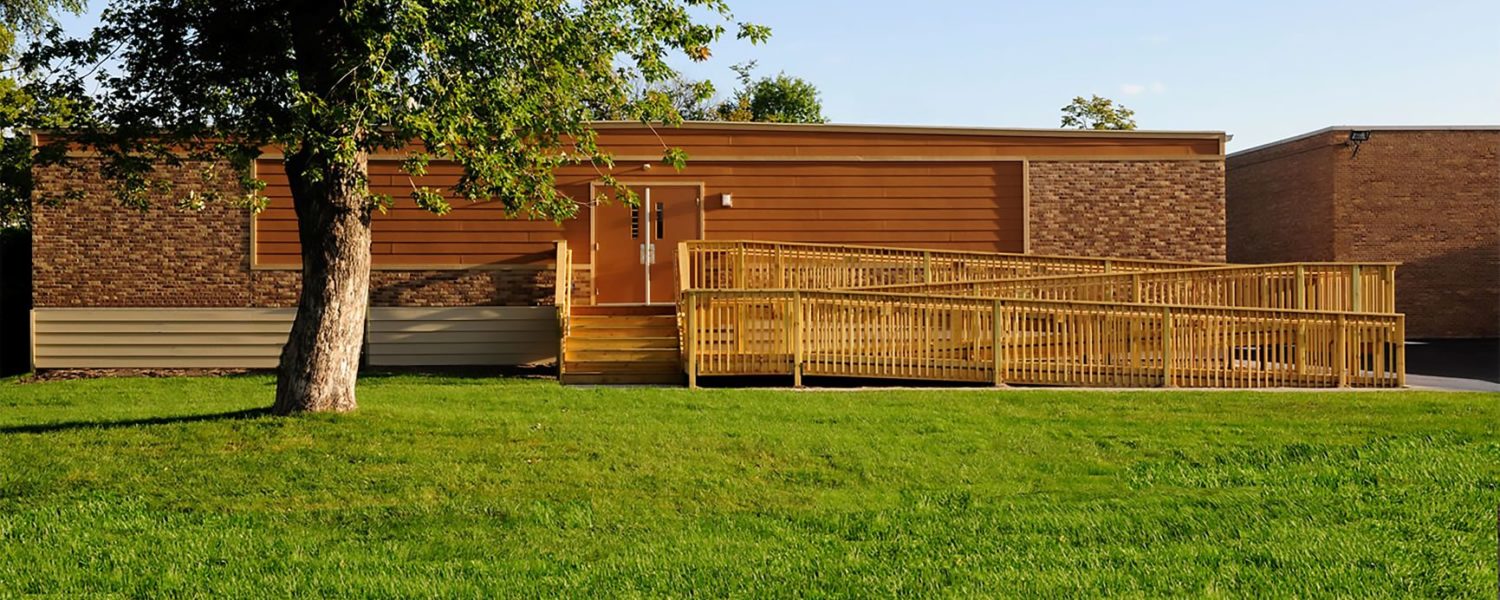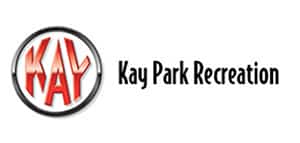Modular buildings have been a solution for overcrowding in schools for years. With many schools returning with in-person or face-to-face learning, the need for additional space is more important than ever.
Modular classrooms offer a temporary solution with all the comforts of a regular classroom, and we have developed solutions for not only additional space but layouts with classrooms that follow CDC guidelines for social distancing.
There are several ways to social distance in the classroom and other educational space. For example, we have developed layouts in accordance with CDC guidelines to ensure that units accommodate:
- Space seating/desks at least 6 feet apart when feasible
- Turn desks to face in the same direction (rather than facing each other), or have students sit on only one side of tables, spaced apart
- In class restrooms, if needed, to ensure proper hygiene and minimal sharing of facilities
Why Are Modulars Used in Education?
Modulars are used in education because they can be temporary or permanent. Temporary buildings are designed so they may be removed once the capacity situation abates, whether by a permanent addition to the school, another school being opened in the area, or a reduction in student population. Permanent structures allow us to install your building to be stand alone or attach to an existing building.
Modular construction is a quick, flexible, cost-effective solution that allows the buildings to be built off site simultaneously while site work is performed at the school. Interruption is minimal and students are able to attend school while installation is performed.
Most school districts lease or buy modular classrooms due to a need to quickly add capacity while being budget conscious, however, we are also able to build permanent facilities to minimize site interruptions and complete faster than site-built methods.
Modular classrooms do not only refer to single and double classroom “trailer” buildings. They come in an array of sizes to accommodate the needs of K-12 school districts and higher education. Construction of modular buildings occurs simultaneously with site work, allowing projects to be completed in half the time of traditional construction.
Benefits of Decking, Awnings & Canopies
Since the onset of the COVID-19 pandemic, extra space needed in schools has increased to accommodate guidelines for social distancing. Using modular has helped public, private and charter schools add additional temporary or permanent space in a quick and efficient manner.
Often, these modular additions are connected to existing structures to allow for the ease of access for all students and staff. Not only for aesthetics but protection of the elements, these units are connected with decking, awnings and canopies.
Adding decking, awnings and canopies to your school’s modular system is essential to allow students and staff to easily walk between their current building and the modular additions with some protection from harsh weather conditions as well as add a nice cohesive aesthetic.
Aluminum decking offers advantages over wood such as longevity, lower maintenance and an integral anti-skid surface, which is especially important in wet and icy conditions.
Canopy systems can also cover your entry doors, walkways or current decking. Canopies offer additional protection from the elements, are durable and low maintenance. Prefabricated canopies are able to fit your application, whether it is a 10-foot walkway or 500-foot walkway.
3 Reasons to Choose Modular After the Pandemic
Permanent, temporary or relocatable modular building solutions offer advantages during this unprecedented time.
- Reduced Timeframe for Completion of Building Infrastructure
The main advantage of the modular building process is that the overall construction time is significantly shorter than a standard site-built structure. Building fabrication and site work proceed concurrently, thus reducing the project timeline when compared to a “stick-built” project by as much as 50 percent. It is possible that modules can continue being built off-site in a factory-controlled environment during quarantine mandates. Once these mandates are lifted, modules can be ready to ship to the site.
- Social Distance
Modulars avoid the resurgence of COVID-19 by keeping people off the construction site.
- Traditional construction methods may be limited immediately after the outbreak, since many workers must interact at project sites.
- The government will gradually lift the social distancing measures to help control the outbreak. This may affect the number of subcontractors allowed on job sites, which could slow down over all progress.
- Compared to conventional building methods, modular building solutions minimize time on the site, reduce the number of deliveries and are virtually unaffected by weather conditions. Importantly, for a site where disruptions must be kept to a minimum, the modular building process creates less noise and interference to the daily operation of the site and its occupants.
- Flexibility
A reduction in building costs, time, and onsite disruption are just some of the benefits that have made modular buildings a popular option for organizations looking to extend their facilities on a temporary or permanent basis.
However, while these advantages are well known, the design options of modular buildings are not. Finished modular buildings may consist of a single module or numerous modules.
They may be combined with traditionally constructed elements for a hybrid approach that offers the best of both modular and traditional.
Relocatability of Facilities: Buildings are designed and constructed for efficient secondary relocation, without significant structural modifications.
Turnkey Solutions: Modular companies provide design, engineering, construction delivery and set up, on time and on budget. Modules can arrive furnished and ready-to-use upon installation.
Global Reach: The modular industry is well-represented and can provide facilities anywhere in the world.
Design: If it can be built, it can be incorporated into a modular building project. Design elements include aesthetic options such as a specialized siding (including brick, glass, or steel), entrance canopies, and modified roof lines.
MEP Engineering: Additionally, the mechanical, electrical, and plumbing systems of modular buildings can be specialized to meet any requirement.
With an extensive and versatile range of external and internal design elements available in modular construction, modular building companies can create appealing permanent or portable modular buildings that can be purpose designed to match not only a project’s budget and schedule objectives, but also the desired aesthetics.
This information is courtesy of Innovative Modular Solutions (IMS), which provides customer-driven building solutions to businesses in the educational, medical, governmental, commercial, and industrial markets by constructing buildings whenever they are needed, even if the need was yesterday, www.innovativemodular.com.











